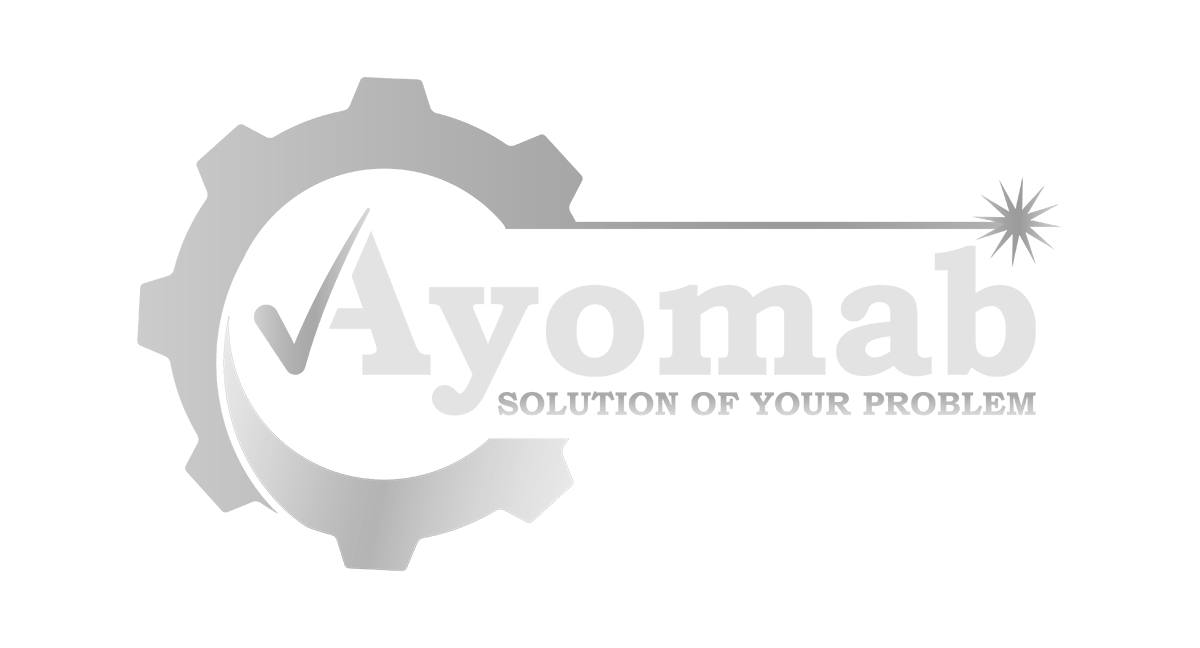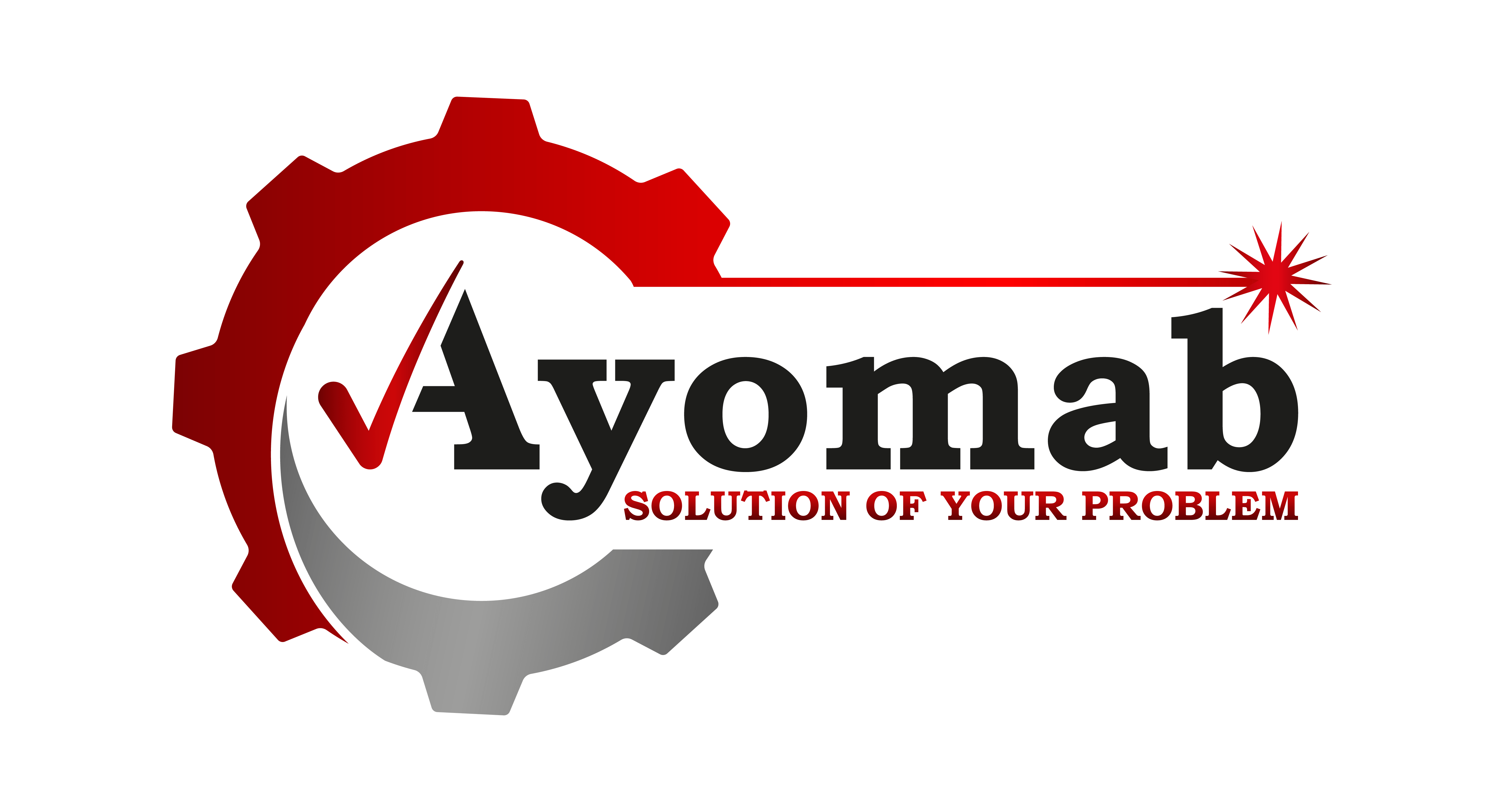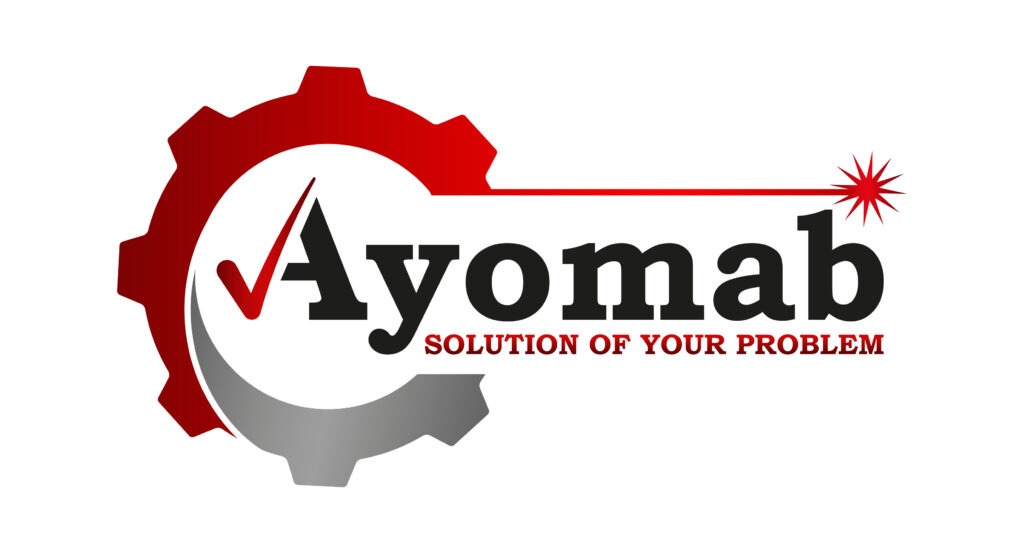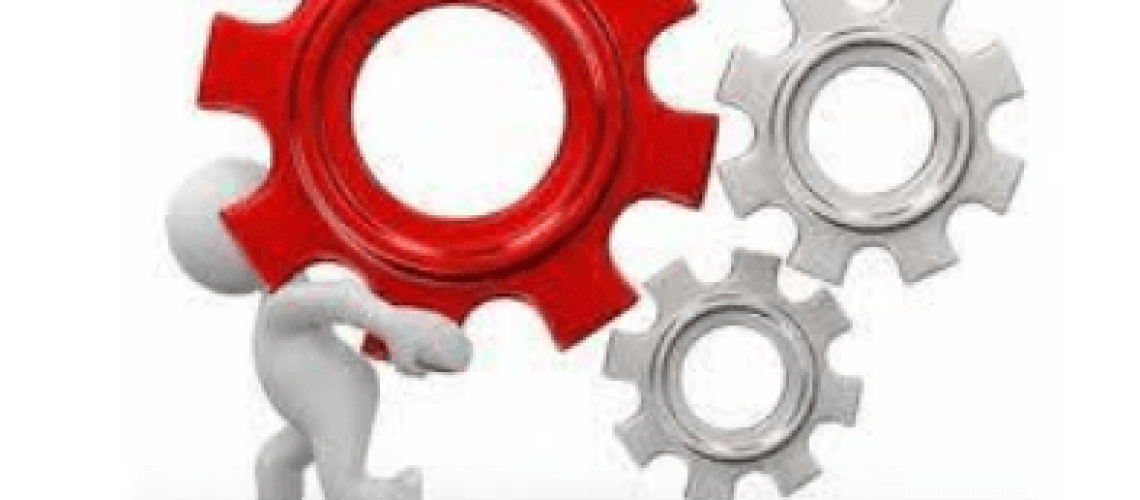Introduction
The industry of manufacturing is characterized by its intricate and heterogeneous nature, incorporating a vast array of procedures and activities aimed at converting raw materials into finalized goods. The efficacy and caliber of manufacturing processes are significantly contingent upon the utilization of equipment and tools. Accurate classification of these tools and equipment is crucial for the efficient organization of activities and the attainment of maximum output. This article aims to categorize industrial equipment and tools into several classifications according to their respective functions and applications.
The classification of equipment and tools in the manufacturing sector can be done using several criteria, including but not limited to their functionality, utilization, or special requirements within the industry. The following is a comprehensive categorization of equipment and tools utilized in the manufacturing industry.
Classification of Equipment & Tools
1- Quality Verification
- Checking Fixtures
- Measuring Jigs
Measuring & Monitoring
- Measuring Tools
- Monitoring Devices
Production
- Machines
- Molds/Dies
- Cranes and Lifters
MEASURING EQUIPMENT
In the physical sciences, quality assurance, and engineering, measurement is the activity of obtaining and comparing physical quantities of real-world objects and events.
Established standard objects and events are used as units.
The equipment used for measuring is called measuring equipment (gauge, meter, measuring device, standard substance, etc.), tester, analyzer, etc., including related software of computer systems.
MONITORING DEVICES
Equipment to use for “monitoring: the observation of a system (all or part) to verify proper performance and detect improper performance.
Actual observation is made by measuring one or more variants of the system, and subsequent comparison of the value obtained from such measurements with the specified value.
PRODUCTION EQUIPMENTS
Production equipment resides on the shop floor of a manufacturing company and its purpose is to produce goods of a wanted quality when provided with production resources of a required quality, e.g. Machines, Dies, Molds, etc.
QA DEVICES
Tools used for verification and validation of products. Verification and validation are independent procedures that are used together to check that a product, service, or system meets
requirements and specifications and that it fulfills its intended purpose.
Examples are Facilities, Jigs, Fixtures etc.
Classification of Equipment
| No | Classification | Examples |
| 1 | Machinery | Lathe machine, drilling machine, fraise(milling machine), grinding machine, press machine, welding machine, assembling machine, etc. |
| 2 | Production Device | Injection molding equipment, heat treatment equipment, grinding / rinsing equipment, plating equipment, painting equipment, plastic working equipment, assembling equipment, carrying/lifting equipment, etc. |
| 3 | General Device | Electric equipment, steam equipment, air equipment, water equipment, gas equipment, oil equipment, ventilation/dust collecting equipment, etc. |
| 4 | Tools | Assembling tool, cutting/grinding tool, assembling jig, processing jig, die / mold, etc. |
Conclusion
In conclusion, the categorization of equipment and tools within the manufacturing sector holds significant importance in optimizing operational processes, improving productivity, and upholding product standards. The process of categorizing aids manufacturing enterprises in making well-informed decisions on the selection, maintenance, and utilization of diverse tools and equipment. Organizations may enhance their production processes, minimize downtime, and enhance overall efficiency by comprehending the distinct classifications and roles of tools and equipment.
The systematic categorization of production tools and equipment also contributes to safety management by facilitating the recognition of potential hazards linked to particular machinery and the enforcement of suitable safety protocols. Moreover, this categorization framework can facilitate cost management by allowing enterprises to efficiently deploy resources and save superfluous expenses on duplicate machinery. The classification of equipment and tools is a dynamic process that undergoes continuous evolution in response to advancements in manufacturing technologies and changing industry trends. It is imperative for firms aiming to maintain competitiveness and sustainability in a dynamic industry to continuously stay informed about the latest innovations and best practices in equipment and tool categorization.
In summary, the categorization of equipment and tools holds significant importance within the manufacturing sector, as it enhances operational efficiency, ensures safety, and promotes cost-effectiveness. Consequently, it becomes an essential component for manufacturing enterprises in their endeavor to achieve success and foster expansion.




1 thought on “CLASSIFICATION OF TYPES OF EQUIPMENT AND TOOLS IN MANUFACTURING”
cum placeat vero qui nam nobis consequatur adipisci sapiente ipsa libero nam. tempora nisi quos architecto et vitae hic et porro vitae nesciunt rerum eveniet soluta non. facilis laborum dolores offici